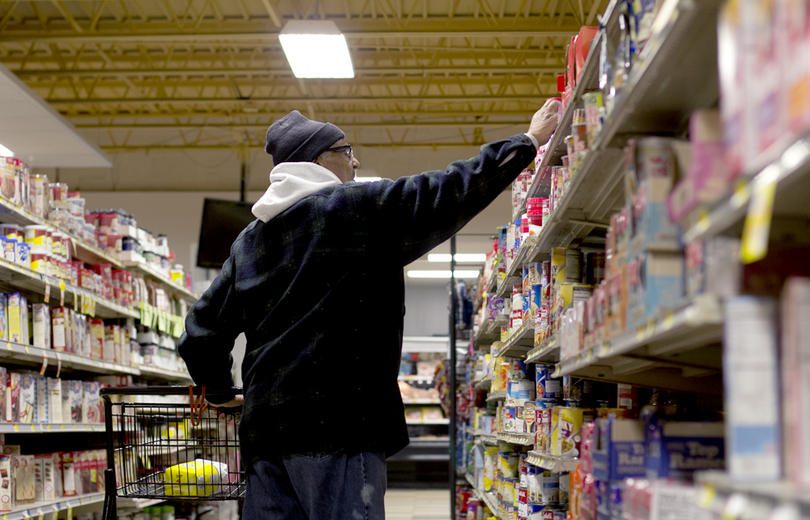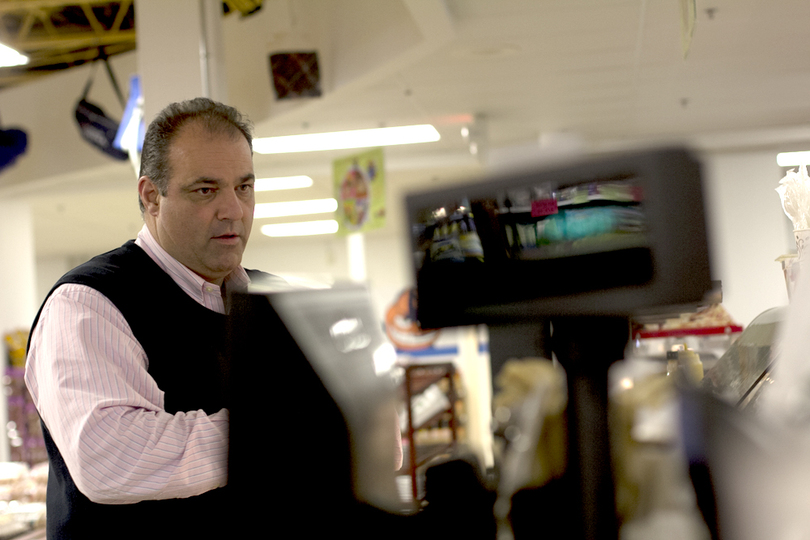Local organizations earn grant, team up to improve Near Westside health
Though the Near Westside is a vibrant part of Syracuse, by many statistics, it is a community in need.
Not only do some residents of the Near Westside lack access to groceries and healthy foods, in some cases within half of a mile from their home, but those same residents are also considered low income.
Community leaders are hoping to eliminate some of the health problems that have long plagued the neighborhood. They recently received help in the form of a $250,000 grant to Syracuse University to promote and improve health in Syracuse’s Near Westside. The New York State Health Foundation awarded the two-year grant to SU’s Lerner Center for Public Health Promotion.
NYSHealth, a private foundation, invited nine communities to apply to its Healthy Neighborhoods Fund initiative. The Lerner Center was one of six organizations that received the grants on behalf of communities with public health problems.
The Lerner Center will partner and collaborate with local organizations, like Nojaim Brothers Supermarket, St. Joseph’s Hospital Health Center, the Near Westside Initiative and others, to try to make health changes that the Near Westside needs.
According to the United States Department of Agriculture’s Food Access Research Atlas, large portions of the Near Westside are moderate food deserts.
In addition, many residents can’t afford to buy healthy foods, even if they did live close enough to a supermarket. Both low-income and low-access factors qualify parts of the Near Westside as food deserts. And, more than half of the Near Westside population, 58.7 percent, lives below the poverty line, according to city-data.com.
A number of local organizations have identified the Near Westside as a problem area, especially due to an increase in cases of diabetes and childhood obesity in recent years.
These local organizations — the Lerner Center, Nojaim’s and others — have started to work together to come up with solutions that fit the community’s needs. NYSHealth awarded the $250,000 to this collection of organizations because of their track record of collaboration and innovation, said Lourdes Rodriguez, a program officer at NYSHealth.
“We were looking for organizations to find areas where they overlap to enhance health for everyone and situations where they can enhance their own organizations to advance the health of everyone in that neighborhood,” she said. “We saw that happening in Syracuse and we wanted to help advance that.”
Rodriguez specifically noted that the partnership between Nojaim Brothers Supermarket and St. Joseph’s Hospital is exactly the type of collaboration that could have a unique effect on the community’s public health.
That possibility of real change is precisely why Paul Nojaim, the owner of Near Westside neighborhood anchor Nojaim Brothers Supermarket, wanted to collaborate in the first place. Nojaim said he realized that to create change in the public health of the Near Westside, everyone needs to not only work together but also change together.
“How do I help change the way (my customers) eat? It’s not from telling them what to do. It’s working with them and building a deeper relationship with them,” he said.
Once Nojaim has established this trust with his customers, the supermarket and another organization like St. Joseph’s Hospital can share information about the grocery habits and health of customers and patients, as long as those people agree to participate.
Nojaim can also promote health in other ways through the supermarket. That could mean offering a healthy shopping rewards program, featuring rewards like a bike or a gym membership, to encourage healthy behavior.
“I can sit here and discontinue these (unhealthy) items. Don’t sell beer, cigarettes or that juice, but then that customer will just go somewhere else,” Nojaim said. “We need to change together.”
To figure out how to best address the community’s needs and change together, 25 percent of the grant is set aside for community opportunities, which means money for things that community members have directly identified as needs, said Maarten Jacobs, the director of the Near Westside Initiative.
The organization has been working for the last eight years to revitalize the neighborhood through art and technology, according to the initiative’s website.
To assess the community’s needs, the initiative will have community meetings to determine what residents are interested in changing. In the meantime, renovations will begin on the local Skiddy Park to turn an old tennis court into a soccer field, Jacobs said.
The NYSHealth call for proposals specifically asked for increased access to “active playgrounds and public spaces” and the “need to enlist the active participation of community residents to develop opportunities for healthy and active living.”
With the Lerner Center taking the lead and building upon the NWI’s foundation, the collection of organizations has high hopes for the neighborhood, though Nojaim acknowledged that the change will not be immediate.
The grant is for two years, and the Lerner Center hopes in that time to prove that this collective can be a model for what a dynamic collaboration can do to change public health, said Rebecca Bostwick, the program director at the Lerner Center.
“Not only do we bring a different dynamic with our partners, but thinking more long term as we think about health care changes, we’re trying to figure out how to bridge that gap between primary care, population health and public health,” she said.
Published on February 11, 2015 at 12:01 am
Contact Jake: acappucc@syr.edu







